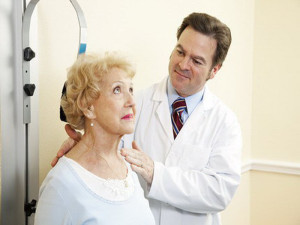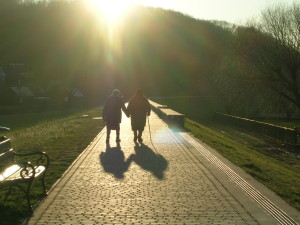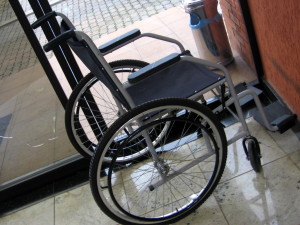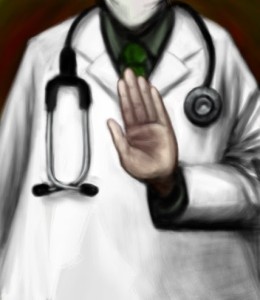 How Do We Define Nursing Home Abuse in San Diego?
How Do We Define Nursing Home Abuse in San Diego?
When we are trying to learn what constitutes nursing home abuse or elder neglect, where do we turn for information? One of the primary sources for information on elder abuse is the National Center on Elder Abuse (NCEA), which is directed by the U.S. Administration on Aging (AoA). The NCEA provides important statistics about elder abuse and neglect across the country, as well as fact sheets that can help us to distinguish among different forms of abuse and to determine whether our elderly loved have been subject to some form of nursing home neglect. In Southern California, we are also fortunate to have the resources provided by the California Advocates for Nursing Home Reform (CANHR). Indeed, CANHR helps to sponsor bills aimed at preventing nursing home abuse in our state.
Are these resources sufficient to raise awareness among the greater public about the prevalence of nursing home abuse and neglect in California and across the country? According to a recent article in Long-Term Living, there is a new joint effort by the Centers for Disease Control and Prevention (CDC and the National Center for Injury Prevention and Control to “publish national definitions for various aspects of elder abuse.
 Southern California Nursing Home Abuse Lawyer Blog
Southern California Nursing Home Abuse Lawyer Blog














